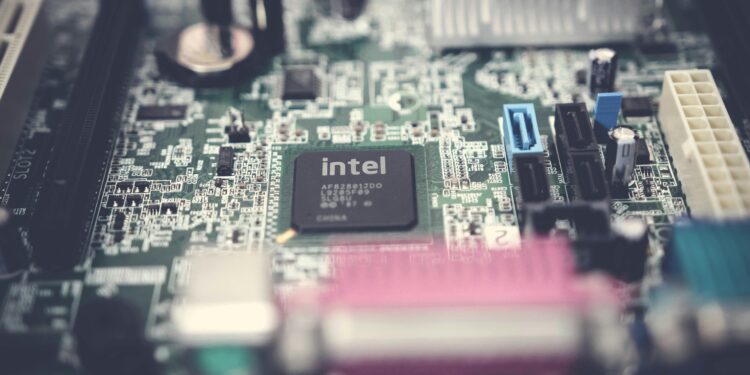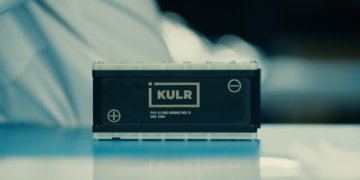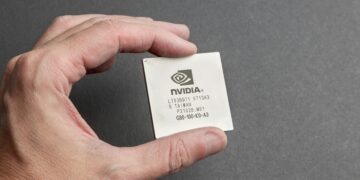Restructuring Costs and Growth Initiatives Signal Intel’s Path to Recovery
Intel Corporation (INTC) released its third-quarter 2024 financial report, highlighting significant restructuring expenses and impairment charges as the company continues to address financial challenges and reposition itself for growth. Despite a substantial GAAP earnings per share (EPS) loss of $(3.88), Intel’s CEO Pat Gelsinger remains optimistic, emphasizing progress toward Intel’s cost-cutting and innovation objectives.
Financial Results and Restructuring Impact
Intel reported Q3 revenue of $13.3 billion, aligning with its forecasted targets, while non-GAAP EPS stood at $(0.46). The quarter’s GAAP EPS was heavily impacted by an array of restructuring charges and impairment costs totaling $15.9 billion. This resulted in a $3.89 impact on GAAP EPS. In particular, Intel reported $2.8 billion in restructuring charges, with the bulk set for future cash settlements, aimed at realigning the company’s operations and boosting efficiency.
These restructuring actions form part of Intel’s broader plan to achieve $10 billion in cost reductions by 2025, a target set in response to evolving market demands and a bid to maintain its technological leadership. CFO David Zinsner noted that while these measures affected profitability this quarter, they were crucial steps toward sustainable improvement in Intel’s financial performance and liquidity.
A Pivot in Business Model and Segment Adjustments
Intel is adopting an internal foundry model to reshape its operational structure, driving transparency and efficiency across its business units. Under this model, the Intel Products division—which includes Client Computing (CCG), Data Center and AI (DCAI), and Network and Edge (NEX)—operates more independently, allowing for better cost management and productivity. Reflecting this shift, Intel announced plans to establish Intel Foundry as an independent subsidiary, further separating its foundry services from other product operations to facilitate growth and investment.
In alignment with this restructuring, Intel’s Altera division will operate as a standalone entity, with segment reporting adjustments made to reflect the new structure. This separation provides Intel the flexibility to seek independent funding and explore varied capital options, potentially enhancing its long-term financial resilience.
Key Developments Across Business Units
Intel continued advancing its AI and processor capabilities, launching its new Core Ultra 200V series for laptops and preparing for the upcoming Core Ultra 200S series, aimed at bringing AI processing power to desktop users. The company remains on track to ship over 100 million AI PCs by 2025, underscoring its leadership in AI-driven computing.
Within the data center segment, Intel unveiled the Xeon processor, boasting doubled performance from previous versions, alongside the Gaudi 3 AI accelerator, designed to power enterprise AI initiatives at scale. A collaboration with IBM will bring Gaudi 3 to the IBM Cloud, expanding Intel’s presence in the AI-as-a-service market. Intel also scored a significant design win with KDDI, a global telecom provider, which selected Intel-powered solutions for its virtualized network operations.
Foundry Advancements and Strategic Partnerships
In addition to product innovations, Intel’s 18A process node has achieved significant milestones, marking Intel’s rapid advancements in semiconductor process technology. This node is expected to play a crucial role in Intel’s strategy to regain a leadership position in chip manufacturing, with Panther Lake for client applications and Clearwater Forest for server applications set to launch next year.
Intel is strengthening its ties with Amazon Web Services (AWS) through a new commitment, with AWS set to use Intel’s custom chips for its AI and data processing needs. Additionally, Intel secured up to $3 billion in funding under the CHIPS and Science Act to support the U.S. government’s Secure Enclave program, aimed at enhancing semiconductor production within the country.
Future Outlook
Looking ahead, Intel projects Q4 2024 revenue between $13.3 billion and $14.3 billion, with a GAAP EPS of $(0.24) and a non-GAAP EPS of $0.12. As Intel advances toward its cost-cutting goal, the company is focusing on sustainable growth through a streamlined product portfolio, strategic partnerships, and a reinforced focus on AI and foundry services. The formation of the x86 Ecosystem Advisory Group in collaboration with AMD also indicates a commitment to driving software development efficiency, making it easier for developers to build across x86 architectures.
CEO Pat Gelsinger is optimistic about Intel’s transformation, citing the increased interest from foundry customers as a positive indicator of future opportunities. While Intel faces immediate financial hurdles, its structural changes, cost-cutting initiatives, and expanding partnerships position it to overcome these challenges and establish a stronger foundation for growth.
Read original press release here
You might like this article:Ideal Power Gains New Tier 1 Automotive Client for B-TRAN Technology, Accelerating EV Market Impact











